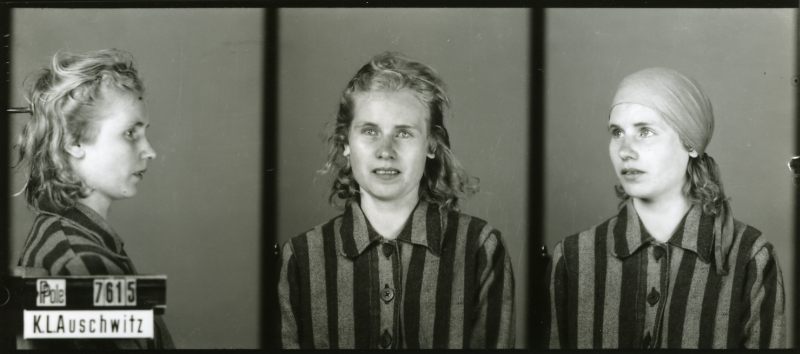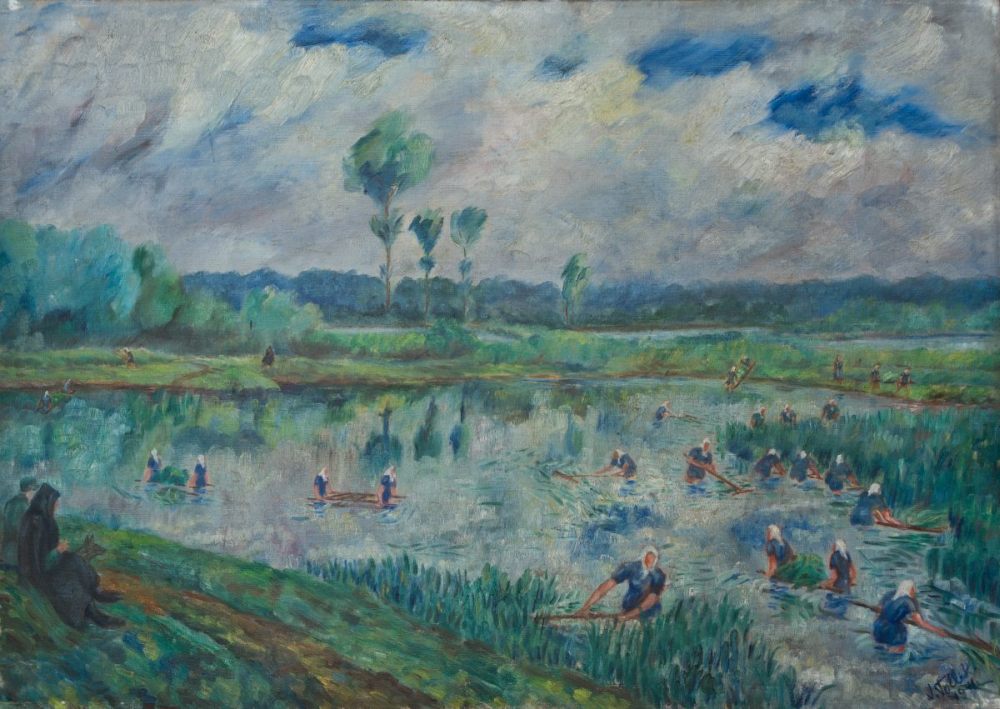Janina Nowak was born on 19 August 1917 in Będów near Łódź. She was brought to Auschwitz on 12 June 1942; during registration she received the prisoner number 7615.
On 24 June 1942 Janina Nowak escaped from the Kommando consisting of 200 Polish women working near the Soła river drying hay. After she was reported missing, the SS men started the pursuit, which was, however, unsuccessful. Other female prisoners from the Kommando were led back to the camp. Late in the evening they had their hair cut up.Until then, as non-Jewish prisoners, they did not have to have their heads shaved. On the next day the entire Kommando was transformed into a penal company and sent to the SS farm called Budy, at the distance of about 6 km from the main camp. They were accommodated in a former school building and a wooden barracks with a small kitchen and latrines surrounded by barbed wire fencing. .. The women had to work in extremely harsh conditions cleaning nearby ponds, cutting bulrush and digging drainage ditches. After a few days the camp authorities sent another 200 female prisoners to the penal company—Slovakian and French Jews together with several German women to work as Kapos.
Janina Nowak managed to reach Łódź, but in March 1943 she was captured and after two months later brought to Auschwitz again. Then she was brought to KL Ravensbrück; she was liberated.



